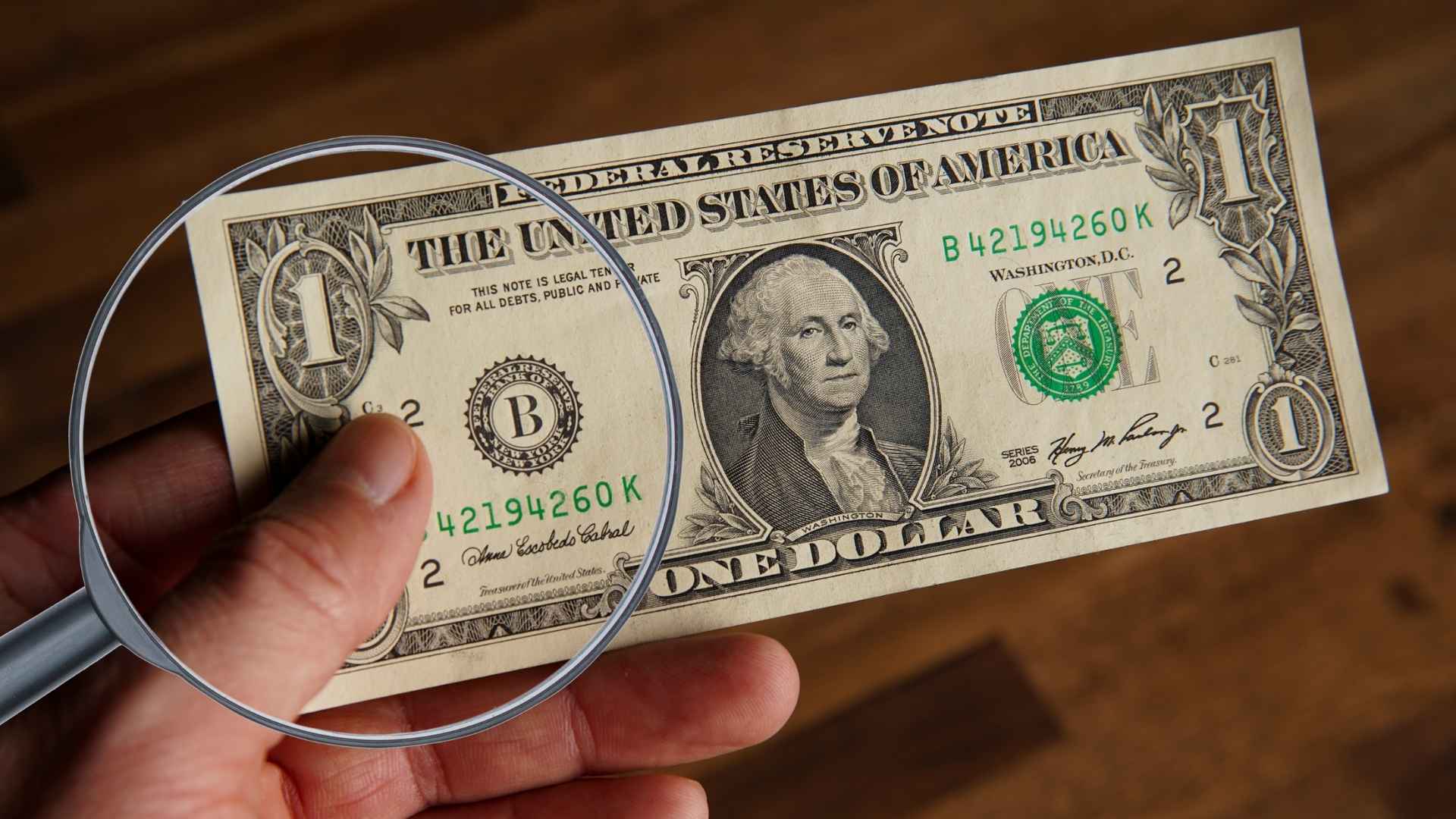Duplicate serial numbers on a 2014 print run have turned a handful of ordinary-looking notes into six‑figure collectibles, and only nine pairs are confirmed so far.
Americans rifle through cash every day, but a tiny stack of 2014 one‑dollar bills is quietly rewriting the price tag on “pocket change.” Thanks to a printing miscue that produced duplicate serial numbers, just nine matched pairs have surfaced, and top‑grade examples are already fetching offers as high as $150,000. Who knew a single buck might beat the stock market?
What makes these 2014 misprinted one‑dollar notes so incredibly valuable in today’s collectors’ market
In two separate runs—one shipped to New York, the other to Washington, D.C.—the Bureau of Engraving and Printing accidentally reused serial numbers. While 6.4 million bills share the flaw, most pairs were scattered before anyone noticed. That mismatch between potential supply and confirmed finds drives sky‑high demand. Condition counts too: a crisp, uncirculated note can command exponentially more than a wallet‑worn survivor.
Key features every collector should verify before shouting jackpot over a single bill at home
Before you dream of a new car, make sure your note ticks every box. The quick‑check list below can save you a long trip to the bank:
| Feature | What to look for |
|---|---|
| Date printed | “Series 2013” despite the 2014 release |
| Serial number range | B00000001‑B00250000 or B03200001‑B09600000 |
| Federal Reserve seal | Letter “B” (New York) |
| Star note indicator | Serial ends with a ★ |
| Plate position & numbers | Front and back codes must match BEP records |
So, think you’ve got one? Pull out a magnifier—the star and the plate numbers are easy to miss under normal light.
Best ways to sell a verified duplicate‑serial bill for its full market potential without costly missteps
Authentication is step one; monetizing the find is step two. Seasoned numismatists recommend:
- Professional grading first. Services like PCGS and PMG assign condition scores buyers trust.
- Auction over quick sale. Heritage Auctions and eBay’s currency section routinely draw competitive bids, especially when pairs appear.
- Marketing the match. A solo note is intriguing, but a documented pair triggers bidding wars. If you unearth both halves, highlight that rarity in every listing.
Remember, fees vary: grading can run $30‑$100, and auction houses take a slice of the hammer price. Still, that’s a modest bite out of six figures.
A misprinted dollar may never make you rich, but these nine pairs prove lightning can strike the cash drawer. Check serials, verify the star, and handle any promising note like fine crystal. After all, how often does $1 buy you a shot at $150,000?

